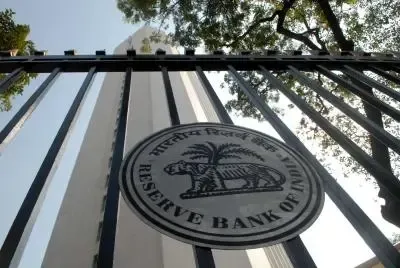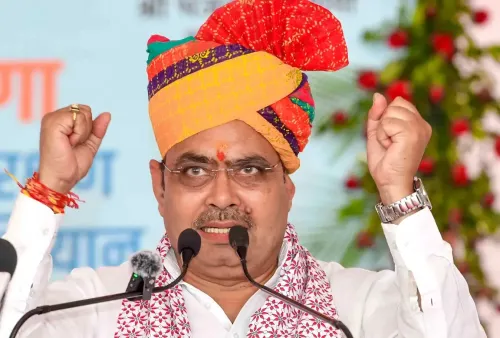How Did the Collective Efforts of the Centre and RBI Reduce PSB NPAs to 2.58%?

Synopsis
Key Takeaways
- Collaborative Efforts: The RBI and government worked together to reduce NPAs.
- Insolvency and Bankruptcy Code: Implemented to address stressed assets.
- Asset Quality Review: Essential for monitoring loan classifications.
- Change in Disbursement: Enhanced loan approval processes.
- Significant Reduction: NPAs decreased to 2.58% by 2025.
New Delhi, July 23 (NationPress) The notable decrease in the gross non-performing assets (NPAs) of India's public sector banks (PSBs) has been attributed to the collaborative efforts of the Reserve Bank of India (RBI) and the central government, according to a prominent economist on Wednesday.
Economist Pankaj Jaiswal shared with IANS that the enhancement in NPAs was achievable due to the unified endeavors of the RBI and the government.
He emphasized that both entities worked in tandem to reach a common goal.
Jaiswal pointed out that the gross NPAs had declined to 2.58 percent by 2025, referencing a statement from Minister of State for Finance Pankaj Chaudhary, marking a significant milestone for the central government.
He elaborated on the importance of the Insolvency and Bankruptcy Code (IBC), noting that a decade ago, a culture of evergreening was prevalent, leading to high NPAs and stressed accounts in many industrial sectors.
He commended the NDA government's implementation of the IBC to tackle these issues, effectively halting the practice of evergreening. He mentioned that the resolution framework significantly aided in managing persistent defaulters and their promoters.
According to Jaiswal, the government's approach to addressing NPAs was well-defined and focused. He highlighted that the RBI's Asset Quality Review (AQR) played a vital role in preventing loans from being classified as NPAs.
He added that the central bank ensured rigorous monitoring of stressed assets at the branch level, which played a crucial role in reducing NPAs.
Moreover, he noted a transformational change in the loan disbursement process.
Banks now conduct thorough reviews of a borrower's credit history and evaluate repayment capacity before granting loans, which has, according to him, fortified both disbursal and monitoring mechanisms.
The total locked amount in the gross NPAs of public sector banks has decreased from Rs 6,16,616 crore in March 2021 to Rs 2,83,650 crore in March 2025.










